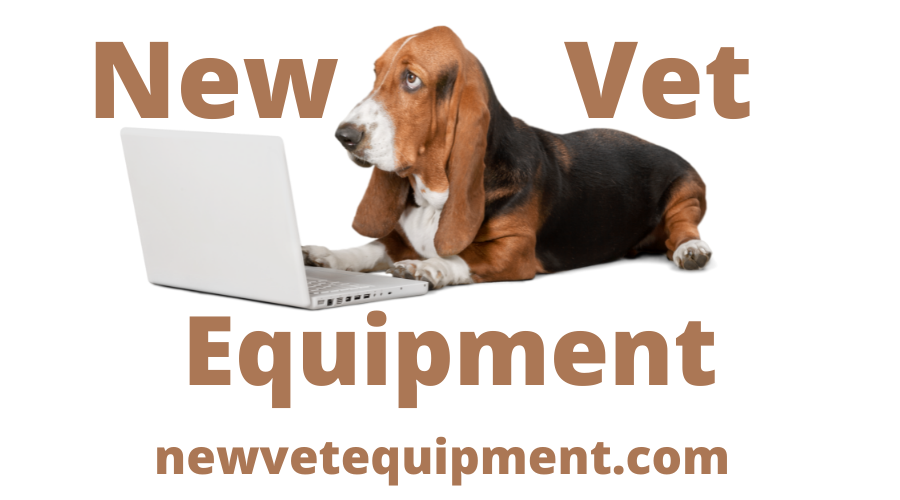Mastering Cystocentesis: Benefits of Ultrasound Guidance in Veterinary Medicine
Top Benefits of Ultrasound-Guided Cystocentesis
Cystocentesis is a cornerstone diagnostic procedure in veterinary medicine; however, even for experienced teams, it can present its challenges.
Fortunately, ultrasound guidance has revolutionized how we perform this critical task, making it safer, more accurate, and more efficient.
Let’s take a moment to explore the benefits of ultrasound-guided cystocentesis and discuss common challenges — as well as how to overcome them — so your team can master this procedure with confidence.
Why Upgrade to an Ultrasound-Guided Cystocentesis Method?
Traditionally, cystocentesis was done “blind,” using only palpation to locate the bladder. While this can work well in ideal patients — those who are lean, cooperative, and have a full bladder — not all patients fit that description.
Ultrasound-guided cystocentesis gives you:
Precision: Visualize the bladder in real time and guide your needle directly into it, reducing the risk of accidental injury.
Cleaner samples: Essential for urine cultures, especially when diagnosing infections or bladder disease.
Improved safety: Paramount in patients with small bladders, obesity, or abdominal masses, where blind cystocentesis risks puncturing other organs.
Confidence under challenging cases: For example, in a tense cat with hematuria, ultrasound helps you find and access even a small, hard-to-palpate bladder.
Let’s say Johnny, a middle-aged male cat, presents with straining and blood in his urine. On palpation, his bladder feels small and difficult to isolate. With ultrasound, you can see the partially contracted bladder nestled beneath intestinal loops, allowing you to confidently and safely obtain a diagnostic sample on the first attempt.
Tips and Best Practices for Success
Choose the proper probe:
A microconvex or linear transducer is ideal for small animal abdominal imaging because it offers good resolution and fits easily against the body wall.
Positioning matters:
Most patients do well in dorsal or lateral recumbency. Ensure the patient is calm — sometimes gentle sedation or a quiet room can make all the difference.
Scan before you poke:
Before inserting the needle, take a moment to thoroughly scan the bladder. Identify its borders, note any stones, masses, or unusual anatomy, and plan your needle path.
Use the in-plane approach:
Whenever possible, guide your needle within the ultrasound beam so you can watch its entire length — and the tip — enter the bladder.
Have an assistant help:
A trained veterinary technician can hold the probe steady while you guide the needle, keeping your hands free and maintaining a clear image.
Common Challenges and How to Overcome Them
Even with Ultrasound, you may encounter some hurdles. Let’s talk it through…
The bladder is too small: Some patients present after voiding or have a chronically small bladder (e.g., due to polyuria).
Solution: If the sample isn’t urgent, wait and give the patient access to water. You can also use a fluid bolus and monitor until the bladder refills enough to access safely.Obese or tense patients: In these patients, the bladder can be obscured by fat or muscle tension.
Solution: Position them carefully to minimize pressure on the abdomen and consider mild sedation to relax abdominal muscles.Needle not visible: If you can’t see the needle on the ultrasound screen, it’s likely off-plane.
Solution: Adjust your angle and make small movements while watching the screen until the needle comes into viewPatient movement: Sudden movements can make it hard to keep the bladder in view and the needle steady.
Solution: Enlist a skilled technician to hold the patient securely and calmly. In some cases, light sedation may be appropriate.
A Team Effort — And a Growth Opportunity
Ultrasound-guided cystocentesis isn’t just a skill for veterinarians — it’s also an excellent way for veterinary technicians to grow professionally. With appropriate training, technicians can perform this procedure competently, freeing up doctors for more complex tasks and improving overall hospital efficiency.
Invest in the Right Tools
Of course, mastering ultrasound-guided cystocentesis starts with the right equipment. High-quality imaging, ergonomic probes, and user-friendly interfaces make it easy for your team to perform accurate, confident diagnostics every day.
With the right equipment, a little practice, and teamwork, this procedure can become second nature — and a true diagnostic advantage!
Links to the systems we offer:
https://newvetequipment.com/vetus-e7-ultrasound
https://newvetequipment.com/vetus-9-veterinary-ultrasound-system
https://newvetequipment.com/vetus-eq-ultrasound-system
https://newvetequipment.com/basic-bladder-scanner-by-mindray



